
The Western Martial Art of the Sword (Gallery)
From sword to page
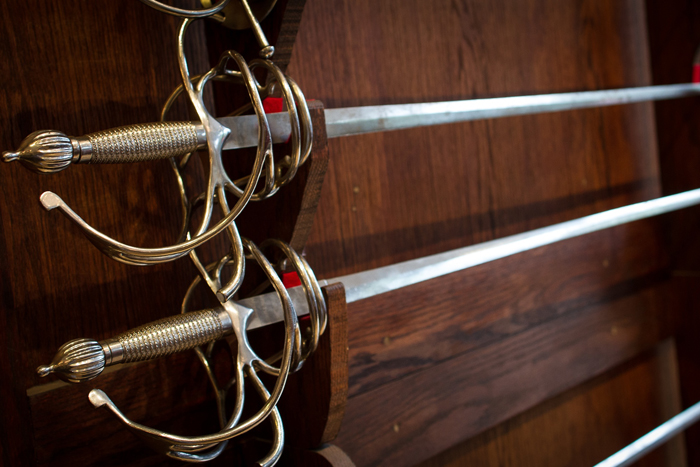
Sebastien de Castell contributed these images to Live Science's Expert Voices: Op-Ed & Insights.
Sebastien de Castell recently published his first novel, "Traitor's Blade," which incorporates a tremendous amount of armed combat. As the director of strategic program development at the Vancouver Film School and a former fight choreographer and actor, de Castell brought his knowledge of swordfighting technique to the pages of the novel, capturing the art and science of swordplay.
See images from his colleagues at the Academie Duello below, and read more about his approach to choreographing swordplay on the page and on stage in his essay, "Storytellers of the Blade: Accuracy in Swordplay," and this excerpt from "Traitor's Blade."Author's Note: Photos provided by Academie Duello - Centre for Swordplay & Western Martial Arts - academieduello.com
A strong female warrior

Mastery of the sword is as complex an art as any martial art known today.
Alternative weapons
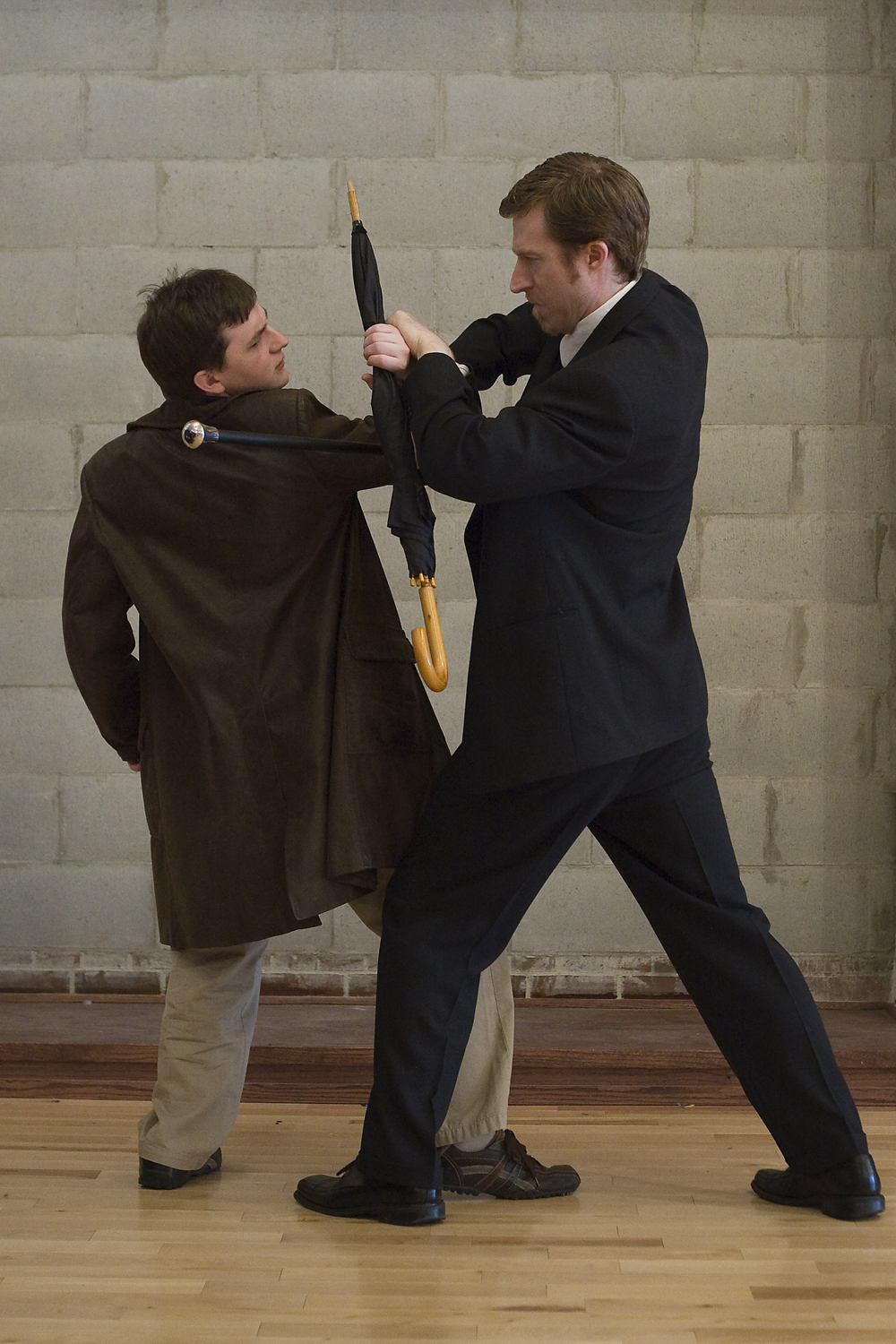
Many sword techniques became used in cane fighting — a part of the Victorian martial art, Bartitsu, after swords fell out of common use.
Design matters
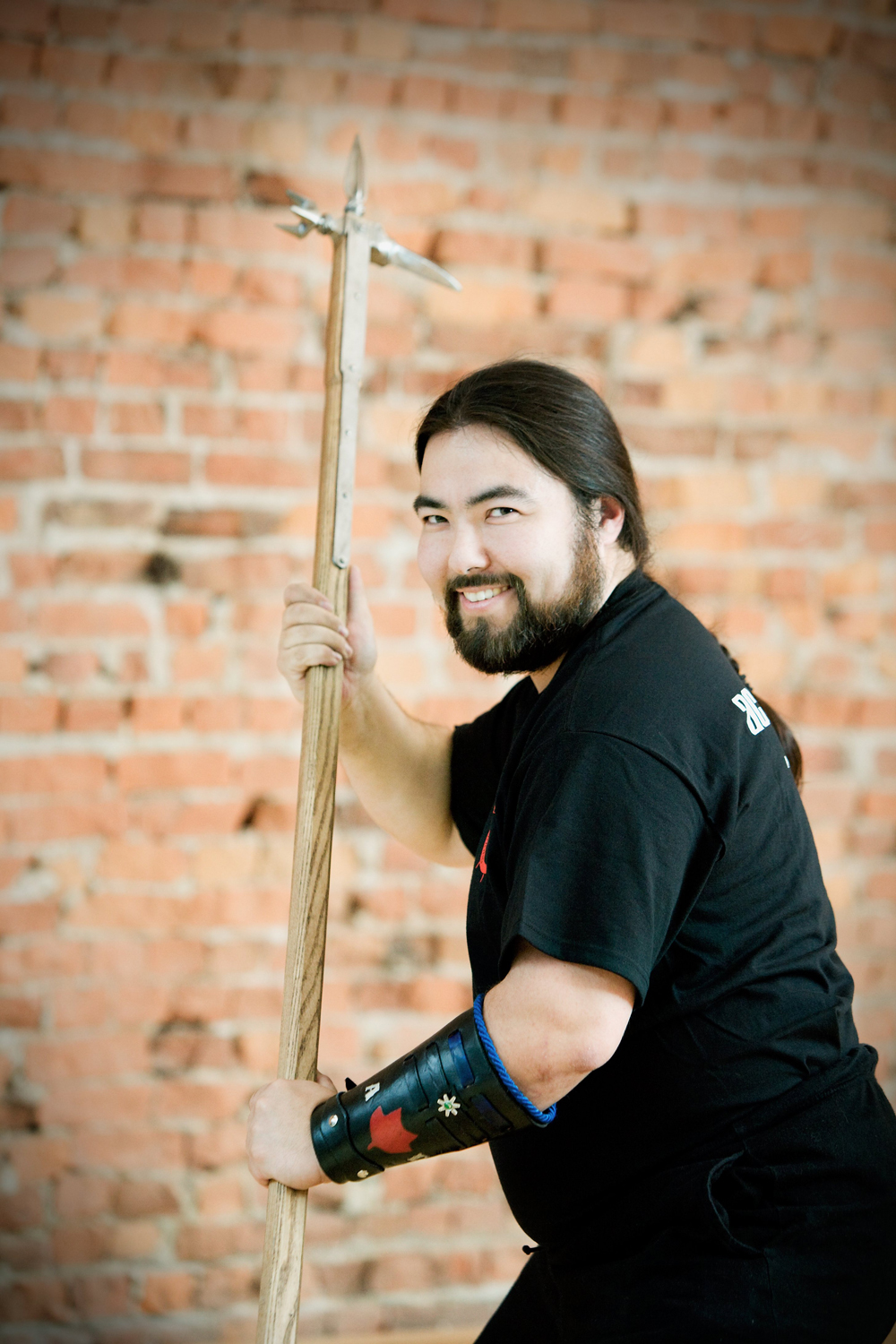
The weight and structure of warhammers give them devastating striking power.
Defense and protection
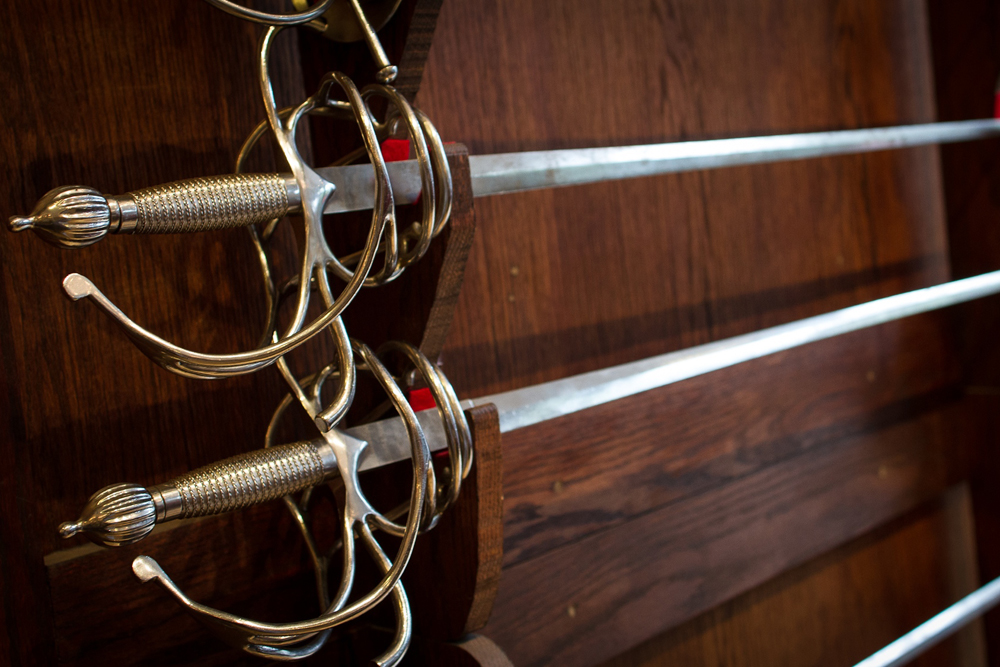
The rapier's hilt provided protection for the hand, as well as ways of trapping an opponent's blade.
Going through the paces
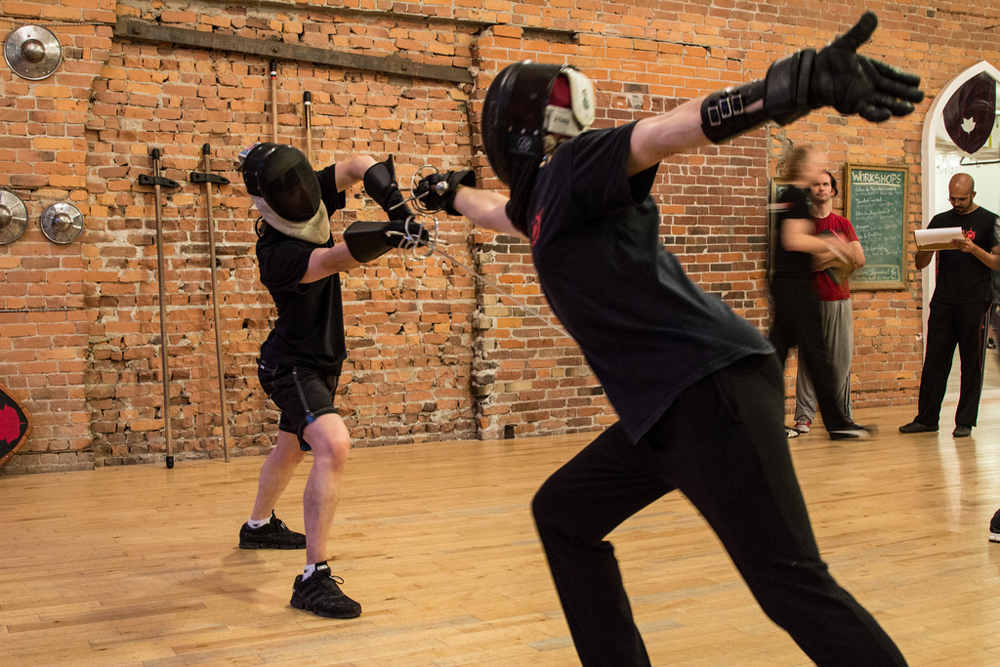
Rapier combat demands speed, balance and tremendous precision.
Staged battle
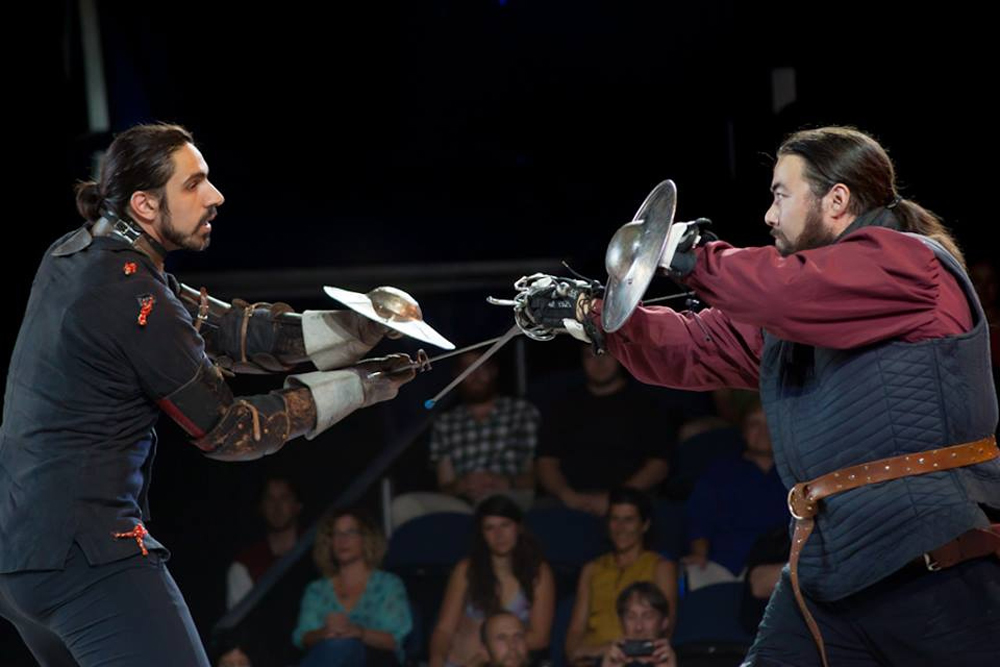
The term swashbuckler comes, in part, from the sound of a rapier sweeping against the small hand-shield known as a buckler.
Sign up for the Live Science daily newsletter now
Get the world’s most fascinating discoveries delivered straight to your inbox.
For the highly skilled
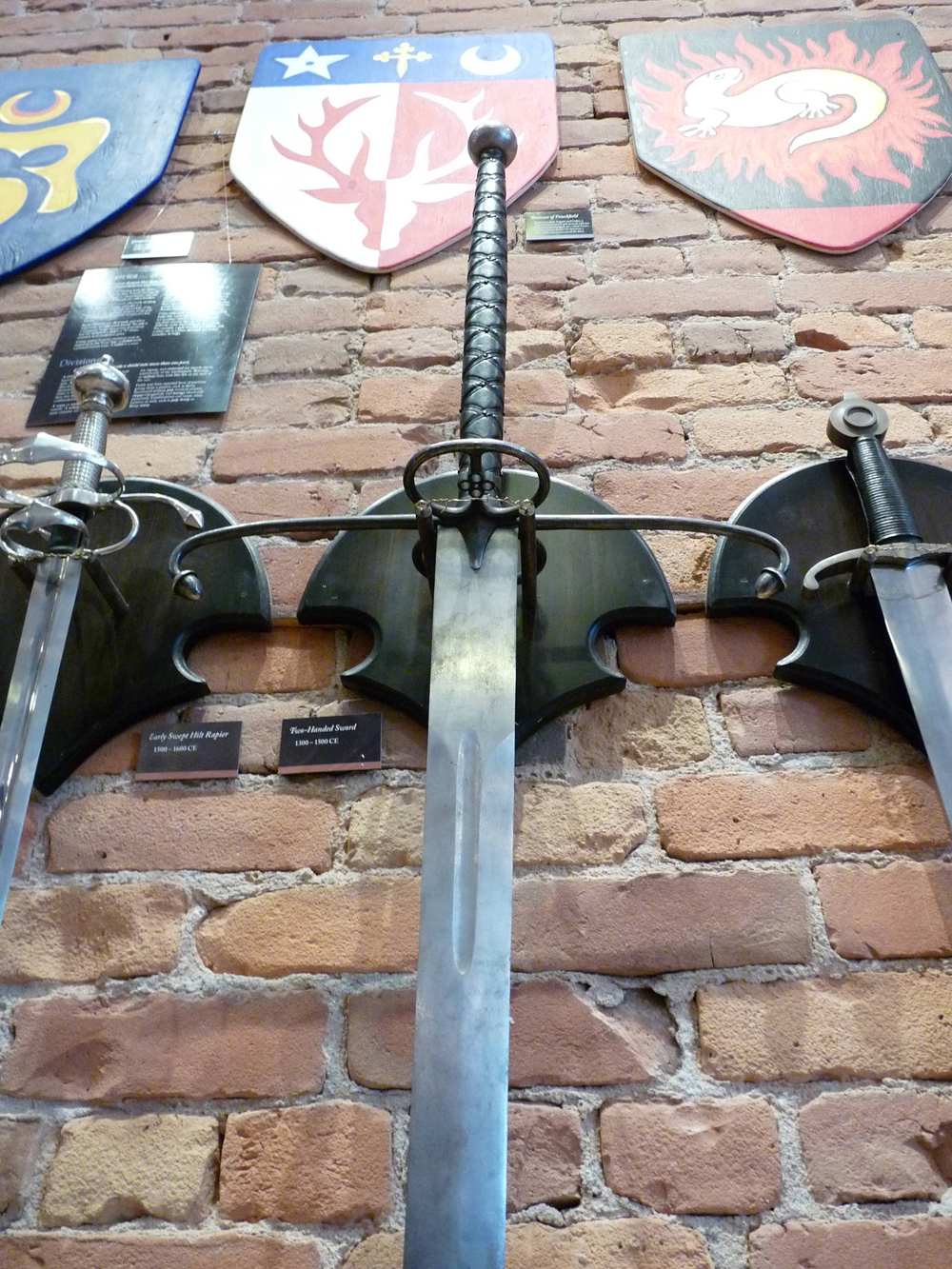
In the right hands, a two-handed sword can take down even the most well-armored knight.
Follow all of the Expert Voices issues and debates — and become part of the discussion — on Facebook, Twitter and Google +. The views expressed are those of the author and do not necessarily reflect the views of the publisher. This version of the article was originally published on LiveScience.











